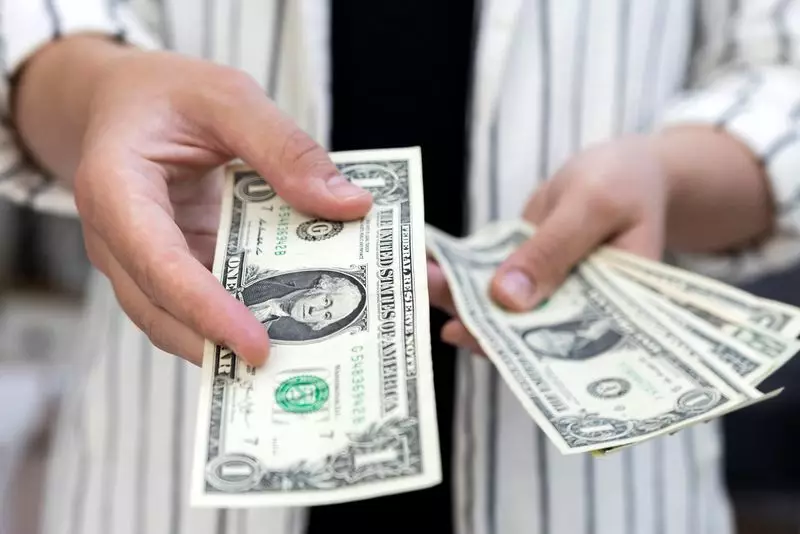The dollar has been making significant gains this week, heading for a second week of increases against a variety of currencies. Even with a rate hike in Japan and a surprise cut in Switzerland, the dollar’s momentum remains strong, showcasing a divergence in interest rate policies among different central banks. This week, there has been a notable shift in global monetary policy as major central banks have either adjusted their interest rates or indicated plans to do so in the near future.
The week has been characterized by surprises from various central banks, leading to significant fluctuations in the market. The dollar is on track for its second largest weekly rise across multiple currencies, while assets sensitive to interest rates, such as gold and stocks, have hit record highs. The unexpected moves by central banks have caused substantial shifts in the market, with equities reaching all-time highs and notable fluctuations in major currency pairs like sterling/dollar and dollar/yen.
The Swiss National Bank delivered a major surprise with a cut in interest rates, citing the strength of the franc as a primary reason. This move resulted in the Swiss franc, which has been the best performing G10 currency, losing nearly 2% of its value against the dollar for the week. On the other hand, the Bank of Japan announced a historic shift away from negative short-term rates and longer-run yield caps. However, the lack of surprise in this decision led to a decline in the yen, which was on the verge of reaching multi-decade lows against the dollar.
Meanwhile, the U.S. Federal Reserve opted to keep its funds rate unchanged this week, maintaining a range between 5.25% and 5.5%, with projections for potential cuts by the end of the year. However, the Fed emphasized that it would only consider moving once it is confident that inflation is consistently trending towards 2%. Despite expectations of cuts throughout the year, the current pricing suggests a more modest reduction compared to earlier estimates. The dollar has seen a 1.6% increase against the yen this week, approaching levels that previously triggered Japanese intervention.
As the dollar continues to strengthen, the euro has hit a three-week low, trading down at $1.0816. Similarly, sterling has experienced a 0.6% drop, reaching one-month lows at $1.258 after the Bank of England maintained interest rates unchanged. On the cryptocurrency front, Bitcoin is observing its largest weekly decline since last August, with a 6% decrease in value. The pullback in crypto markets follows a notable rally earlier in the week, but investors remain cautious amidst fluctuations.
The performance of the dollar this week highlights the impact of central bank decisions on currency movements. Despite surprises from major central banks, the dollar has managed to maintain its upward trajectory, signaling confidence among investors. The evolving global monetary landscape continues to influence market dynamics, emphasizing the interconnectedness of various economies and their respective currencies.

